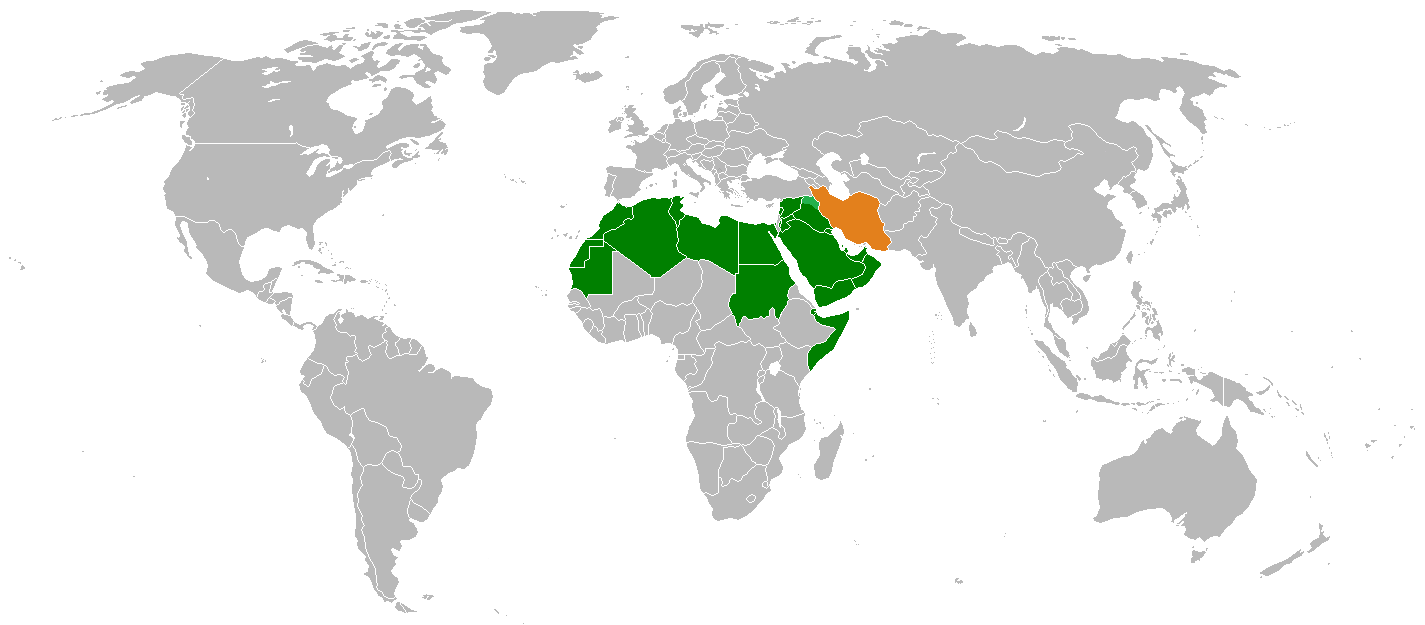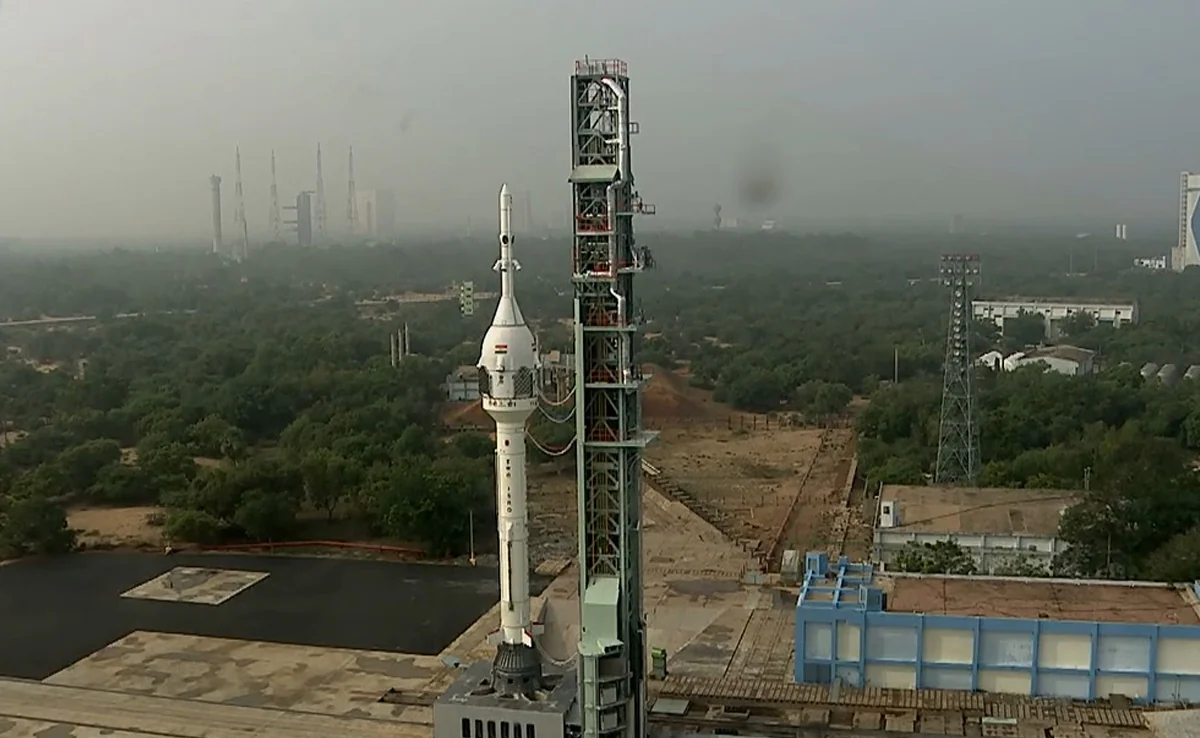- Courses
- GS Full Course 1 Year
- GS Full Course 2 Year
- GS Full Course 3 Year
- GS Full Course Till Selection
- Online Program
- GS Recorded Course
- NCERT (Recorded 500+ Hours)
- Polity Recorded Course
- Geography Recorded Course
- Economy Recorded Course
- AMAC Recorded Course
- Modern India, Post Independence & World History
- Environment Recoded Course
- Governance Recoded Course
- Science & Tech. Recoded Course
- International Relations and Internal Security Recorded Course
- Disaster Management Module Course
- Ethics Recoded Course
- Essay Recoded Course
- Current Affairs Recoded Course
- CSAT
- 5 LAYERED ARJUNA Mentorship
- Public Administration Optional
- ABOUT US
- OUR TOPPERS
- TEST SERIES
- FREE STUDY MATERIAL
- VIDEOS
- CONTACT US
Supreme Court on Bulldozer Action: No Demolition Without 15-Day Notice
Supreme Court on Bulldozer Action: No Demolition Without 15-Day Notice
15-11-2024
- In November 2024, the Supreme Court of India gave an important ruling on the practice of demolishing illegal structures using bulldozers.
- The Court said that no demolition should happen without following proper legal steps, including giving a 15-day notice to the property owner.
- This decision came in response to concerns over arbitrary demolitions by authorities, which some have argued unfairly target marginalized communities.
Supreme Court’s Key Directions on Bulldozer Demolition:
Mandatory 15-Day Notice Before Demolition:
- The Supreme Court ruled that authorities must give 15 days’ notice to the owner of a property before demolishing it.
- The notice should be sent by registered post and should also be pasted on the outside of the building.
- Details of the Notice: The notice should include:
- The type of illegal construction,
- The specific law or rule that was broken,
- The reasons for the demolition.
This gives the property owner time to respond or appeal before any demolition happens.
Demolition Must Be Videographed:
- To make sure demolitions are done fairly, the Court directed that all demolitions must be videographed.
- This helps keep track of how the demolition is carried out and ensures the law is followed properly.
Breaking the Rules Will Lead to Contempt:
- The Court made it clear that if authorities ignore these rules, they can be charged with contempt of court.
- This is a strict warning that executive actions cannot bypass judicial processes.
Judiciary’s Role vs. Executive Actions:
- The Court strongly said that the government (executive) cannot take over the role of the courts in deciding whether a building should be demolished.
- If authorities order demolitions without following the law, it violates the rule of law and citizens' rights.
Demolition Should Be a Last Resort:
- The Court ruled that authorities must prove that demolition is the only option when dealing with illegal structures.
- In cases of encroachments, other methods like fines or penalties should be considered before resorting to demolition.
Transparency and Accountability:
- Online Portal for Notices: All demolition notices should be uploaded to a designated online portal run by the local authorities (municipal bodies).
- This ensures that citizens have access to information about demolition actions happening in their area.
- District Magistrates’ Accountability: The Court held District Magistrates (DMs) responsible for making sure that these procedures are followed and that demolitions are not carried out illegally.
The Context of the Ruling: Concerns Over Arbitrary Demolitions
Growing Incidents of Bulldozer Demolitions:
- The case came from the increasing use of bulldozers to demolish illegal buildings or encroachments, especially after public incidents such as riots or political disputes.
- However, critics argue that this practice often targets specific communities, especially minorities, and is used as a form of punishment without legal procedures.
- Extra-Legal Punishment: Many petitions argued that bulldozer demolitions have become a form of extra-legal punishment, bypassing the courts and violating basic rights.
- The petitions particularly raised concerns about the victimization of minority and marginalized communities.
Secular Nature of India:
- The Court also emphasized that India is a secular country, meaning that no demolition can be carried out based on the religion of the person or community involved.
- The Court clarified that demolitions should not target religious buildings like temples, mosques, or gurdwaras unless they obstruct public spaces or roads.
- Public Safety First: The Court stated that while religious structures cannot block roads or footpaths, demolitions should be carried out equally, regardless of the faith or belief of the people involved.
Key Observations by the Supreme Court:
- The judges emphasized that violating the law in the name of demolition leads to lawlessness and violates civil rights. They stressed that citizens must be protected from arbitrary government actions.
- The Court reaffirmed that it is the role of the judiciary, not the government, to decide the legality of demolitions. The executive (government) cannot act as the judge and impose punishments without due process.
- The Court pointed out the need for a unified law that deals with unauthorized constructions across the country. Different local bodies (municipalities, panchayats) can have their own rules, but they should follow the same basic process to ensure fairness and transparency.
- The Court was concerned about the misuse of municipal laws, where some people might be unfairly targeted for demolitions while others are left untouched. The Court said that demolitions must be based on clear, justifiable violations, not on the criminal background of individuals.
- To make the process more transparent, the Court suggested that local authorities create an online portal where all demolition notices can be accessed by the public. This would help people stay informed about ongoing demolitions in their area.
Conclusion:
The Supreme Court's ruling on bulldozer demolitions is a crucial step in ensuring that demolition actions by the state are carried out fairly and legally. The Court’s decision to require 15-day notices, videography, and online transparency ensures that demolitions are not arbitrary and are subject to judicial oversight. This is important not only for protecting property rights but also for safeguarding the fundamental rights of citizens, especially those from marginalized or minority communities. The ruling emphasizes that demolitions must always follow the due process of law, upholding the rule of law and justice in India’s governance.




